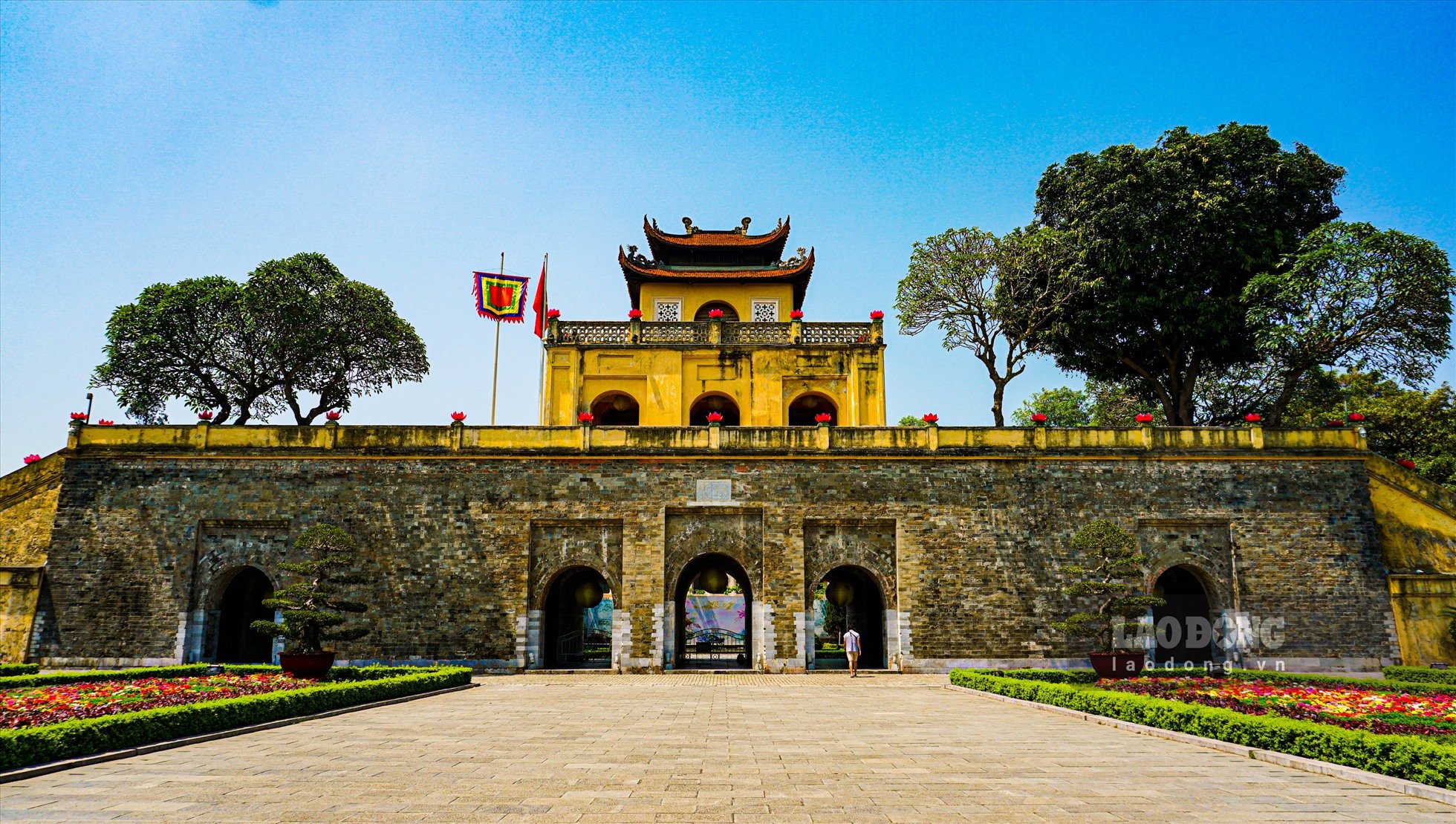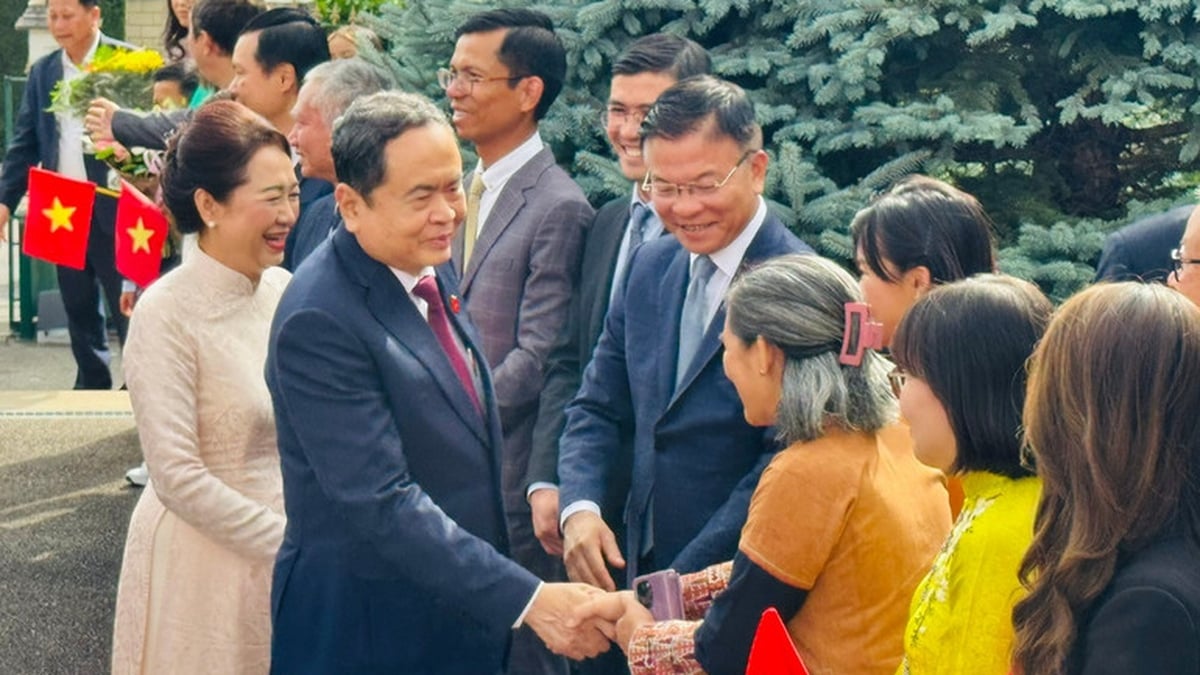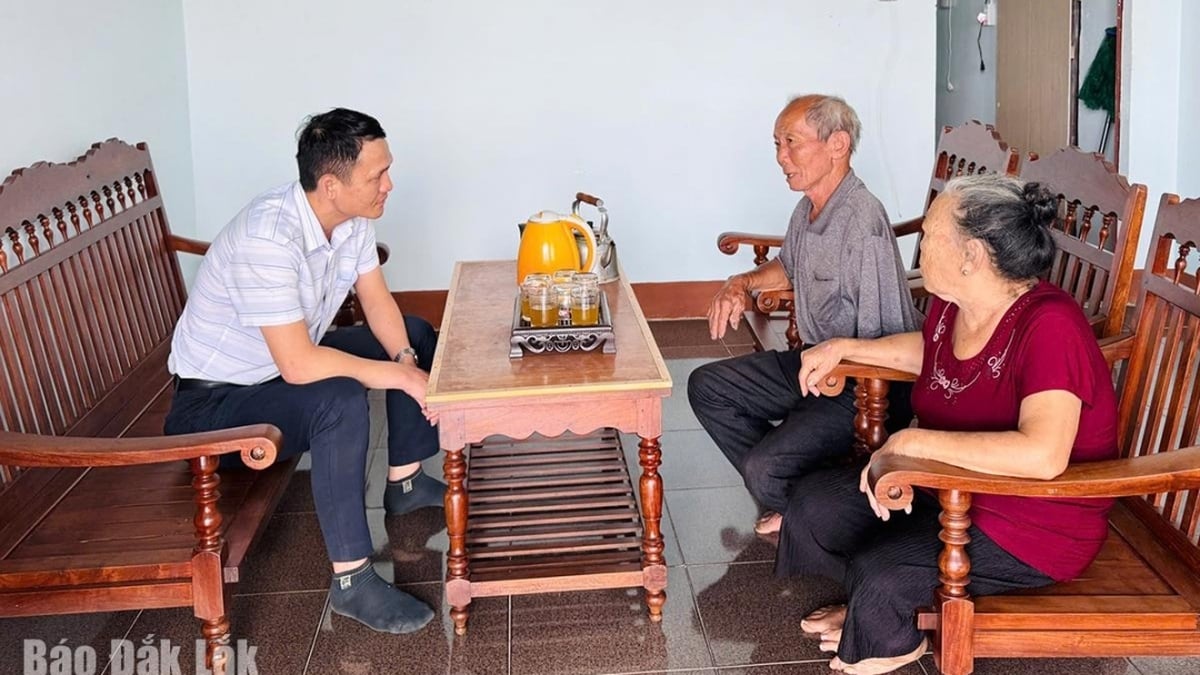1. Thang Long Imperial Citadel
Thang Long Imperial Citadel - A thousand-year-old architectural heritage in the heart of the capital (Photo source: Collected)
Located in the heart of the capital, Thang Long Imperial Citadel is a historical relic in Hanoi with cultural and political values spanning over 1,000 years. This architectural complex was once the center of power of great dynasties such as Ly, Tran, Le So, Mac and Nguyen. In 2010, the Imperial Citadel was recognized by UNESCO as a World Cultural Heritage, becoming the pride of the Vietnamese people.
From the first step through the ancient Doan Mon Gate, visitors seem to relive a glorious period of the country. At the 18 Hoang Dieu Archaeological Site, the exquisitely carved artifacts clearly reflect the royal life and architectural art of ancient times. Although most of the structures are no longer intact, Kinh Thien Palace, Hau Lau and Bac Mon are still present as living proof of history. In particular, the bullet marks on Bac Mon Gate are still a haunting reminder of a period of fierce struggle against French colonialism.
2. Temple of Literature - Imperial Academy
Visit the Temple of Literature: Special National Monument (Photo source: Collected)
Built in 1070 under the reign of King Ly Thanh Tong, the Temple of Literature was a place to worship Confucius and other Confucian sages. Six years later, in 1076, the Imperial Academy was built on the campus, becoming the first university in our country - a place to train many generations of intellectuals for the feudal court.
After centuries, the Temple of Literature – Quoc Tu Giam is still a historical relic in Hanoi with great cultural and educational value. Visitors come here not only to learn about ancient academics, but also to admire ancient architectural works such as Khue Van Cac – a typical symbol of the capital, the tranquil Van lake, or the Doctor's stele garden – where the names of the country's talented people are recorded.
3. Tran Quoc Pagoda
Tran Quoc Pagoda - the most majestic ancient temple in the capital (Photo source: Collected)
Located peacefully on a small island to the east of West Lake - the largest lake in Hanoi , Tran Quoc Pagoda is not only the oldest pagoda in the capital but also a historical relic in Hanoi with deep cultural and spiritual values. Built in the 6th century under the reign of King Ly Nam De, the pagoda was once called Khai Quoc before being changed to Tran Quoc under the reign of King Le Hy Tong.
The highlight of the pagoda is the majestic 11-storey hexagonal tower, each floor has a statue of Amitabha Buddha elaborately crafted from precious stones. The overall architecture of the pagoda bears the mark of Northern Buddhism, harmoniously combining the ancient beauty, peaceful space and charming scenery of West Lake. This is not only an ancient pagoda in Hanoi that attracts tourists, but also a spiritual destination that is frequently visited by the capital's people, especially during the Tet holiday.
4. One Pillar Pagoda
One Pillar Pagoda - The pagoda with the most unique architecture in Asia (Photo source: Collected)
One Pillar Pagoda, also known as Dien Huu Tu, is one of the most iconic religious structures when it comes to historical relics in Hanoi. The pagoda was built in 1049 under the reign of King Ly Thai Tong, originating from the king's strange dream when he saw Bodhisattva Quan Am sitting on a lotus pedestal, reaching out to guide him to the throne.
The unique highlight of the pagoda is its architecture with a single stone pillar supporting the entire shrine, rising in the middle of a square lake like a noble lotus in the middle of the water. After centuries and many restorations - especially after the destruction in 1954 - the pagoda still retains its traditional architectural spirit, becoming a typical cultural symbol of the capital and a destination not to be missed on the journey to explore Hanoi's ancient architecture.
Besides One Pillar Pagoda, Hanoi also has many famous tourist attractions such as Quan Thanh Temple - one of the four sacred "Thang Long Four Towns", Ngoc Son Temple located next to the poetic Hoan Kiem Lake or Hanoi Old Quarter with hundreds of ancient roofs and relics bearing the marks of time.
Exploring the historical landmarks of Hanoi is not just a sightseeing but also a journey back in time, where visitors can feel the cultural depth and longevity of a land of thousands of years of civilization - a place that preserves values that never fade over time.
Source: https://www.vietravel.com/vn/am-thuc-kham-pha/top-4-di-tich-van-hoa-lich-su-ha-noi-tieng-nhat-nhung-cong-trinh-mang-dam-dau-an-thoi-gian-v17642.aspx







































































































Comment (0)